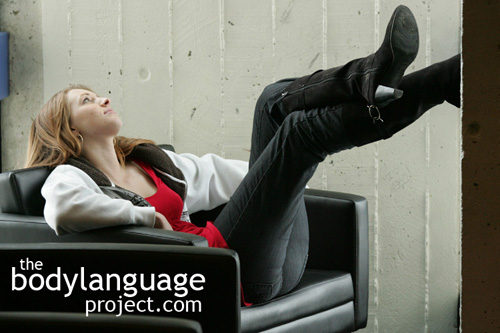No matter what your occupation, we are all in the business of selling. If we aren’t selling a particular product, we’re selling ourselves! Most good salesmen agree that almost every form of sales includes the selling of oneself and when people buy, they usually buy us and not the merchandise. This is why it’s important to know when we are on the right track during a sales call. Buying signals include indicators that tell us that someone is not only ready to buy an item, but can also mean that they are ready to sign a deal, offer us a job, create a partnership or forge practically any other agreement. Let’s look at some of the ways we know when someone is about to commit to buying so we can tone down or stop our pitch altogether in favour of closing out. Pitching passed the point where a decision is made is always unnecessary, but sometimes even disastrous because we may end up saying something extra to take them out of the buying mood. So here are the various signals we should watch for during a sales pitch.
Eye contact: During the pitch process a buyer will sometimes try to feign disinterest (or might actually be disinterested) but as someone readies to buy, they increase eye contact.
Moving in: Buyers will shrink the distance between them and the seller usually by leaning inward, or if standing, by moving in closer. Translation – they don’t want the deal to slip away.
Touching the chin: Touching the chin is a powerful signal showing thought, and if seen along with accompanying buy-signals, closing should be attempted.
Greater relaxation: Tension is heavy during negotiations, but as demands are met and agreements created, a sudden release of tension from the body indicates that your client is prepared to accept the deal and is okay with its terms.
Any reversal of these signals, midstream or a lack of buy-signals shows that a buyer is not yet ready to purchase. With what we have covered throughout this book, it should be obvious from their body language, the reason they withhold the sale. If possible, addressing concerns as you go through hints in their body language, but if you miss them and get hung up put the ball in their court by asking them what needs addressing. This is only a fail-safe tactic since in most cases, as we have seen people give off plenty of solid clues to negative thought patterns.

